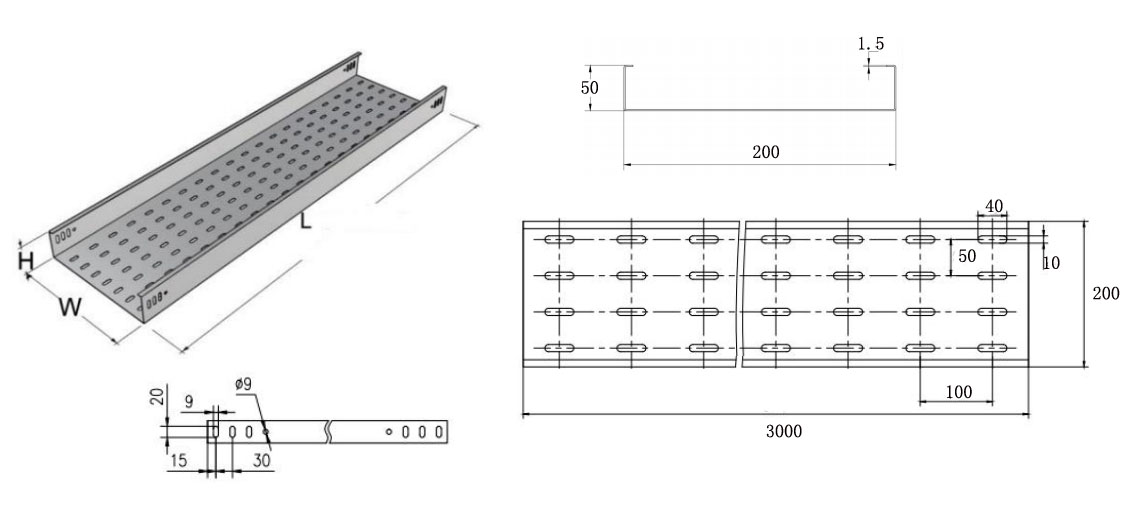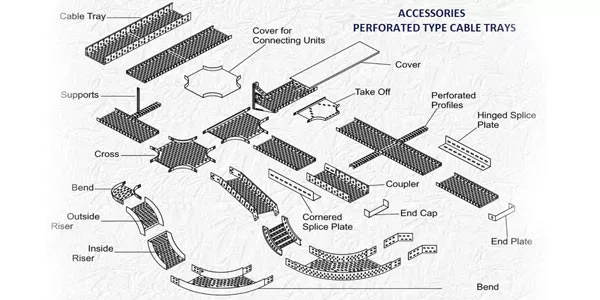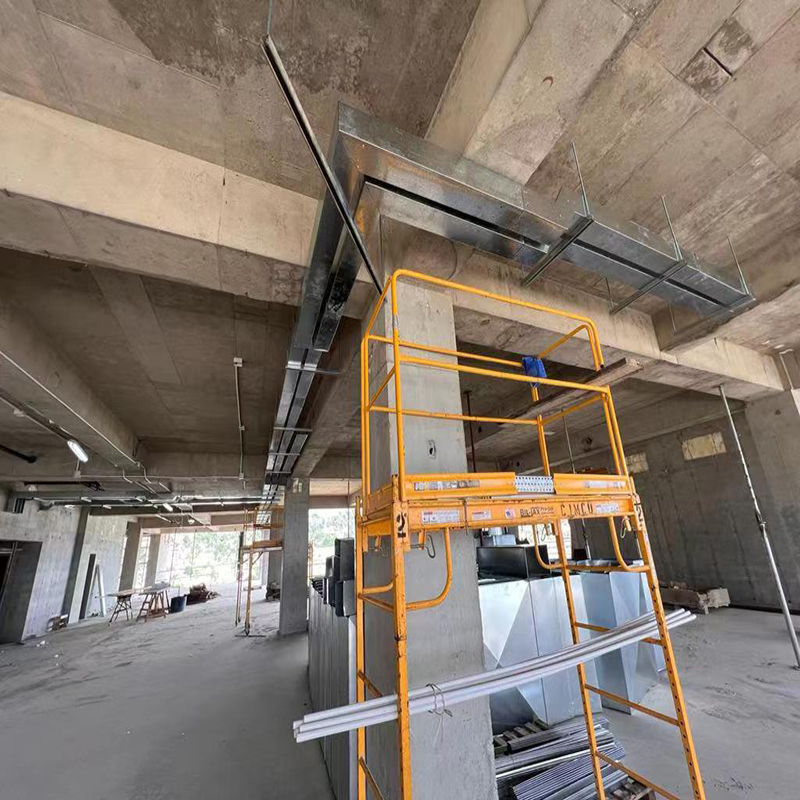What is the difference between cable trunking and cable tray?
Cable raceways and cable trays are two common solutions used by the electrical and construction industries to manage and protect cables. While both serve similar purposes, there are distinct differences between the two that make them suitable for different applications.
Cable duct, also known as cable duct, is an enclosed structure that provides a safe enclosure for cables. It is usually made of PVC, steel or aluminum and comes in various shapes and sizes to suit different cable layouts. Designed to protect cables from external factors such as dust, moisture and physical damage, cable trunking is ideal for indoor installations where cables need to be neatly organized and hidden.
A cable tray, on the other hand, is an open structure that consists of a series of interconnected rungs or channels used to support and route cables. Cable trays are usually made of steel, aluminum or fiberglass and come in different types such as trapezoidal, solid bottom and wire mesh. Unlike cable troughs, cable trays offer better airflow and heat dissipation, making them suitable for outdoor and industrial environments where ventilation is critical.
One of the main differences between cable troughs and cable trays is their installation flexibility. Cable ducts are usually installed directly on the wall or ceiling, providing a clean and unobtrusive solution for cable management. In contrast, cable trays can be suspended from the ceiling, mounted on walls, or installed under raised floors, providing more wiring versatility and adapting to complex layouts.
Another important difference is the level of accessibility they provide for cable maintenance and modifications. Cable trunking is a closed system, and any changes to the cables require disassembly, which is very time-consuming and labor-intensive. The open design of the cable tray allows for easier access to cables, speeding installation, repair and upgrades.
In terms of cost, cable troughs are generally more expensive than cable trays due to their enclosed structure and materials used. However, for some applications where cable visibility and safety are critical, the added protection and aesthetics of cable trunking may justify the higher investment.
When selecting cable trough or cable tray, the specific requirements of the installation must be considered, including environment, cable type, accessibility needs, and budget constraints. Consulting with a professional electrical engineer or contractor can help you determine the best solution for your specific project.
In summary, while cable trays and cable trays both serve the purpose of managing and protecting cables, they differ in design, installation flexibility, accessibility, and cost. Understanding these differences is critical to selecting the right solution to ensure efficient and safe cable management in a variety of applications.


